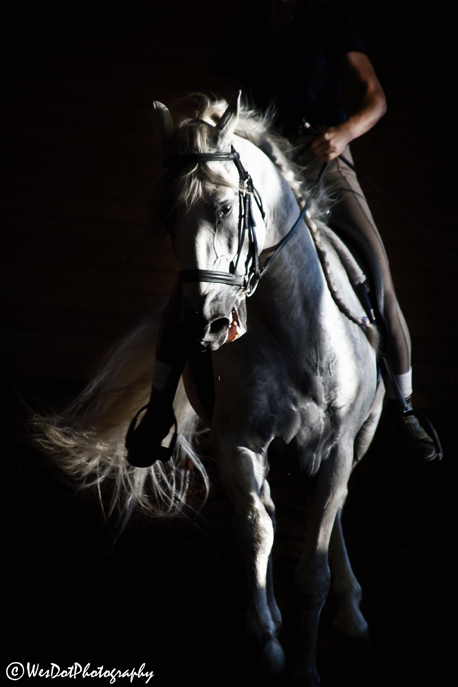Here is my advice:
- Read as many magazines, books and articles online in regards to what you are going to be shooting. Whether you are going to try shooting birds in flight, portraits of people or waterfalls do a search on the web or get your hands on some books or magazines that can give you that information for camera settings or post editing with whatever photo editing program you have.
- Go to photographic online forums and see what others are posting. I've used websites like www.fredmiranda.com/forum/ and http://photography-on-the.net/forum/. There are many out there. When you see an image you really like post a comment. Ask how they set their camera or what post-processing methods they used. Most photographers are very happy to talk about their photography and love to help others. When I say 'most' keep in mind there will always be some people that are not as friendly. Please don't let these types make you feel you will never learn enough to be an awesome photographer. Remember they were newbies at one time too and didn't have all the answers either. It's only easy if you know how to do it.
- For each shooting situation there are many different ways to set your camera and no steadfast rules for those settings. Another tip...shoot like a maniac, check what you've just taken and adjust your ISO, shutter speed, aperture or exposure compensation. Then check your images again. Remember the lighting might be changing from minute to minute so check your images often. At the shoot that I took this photo of the beautiful Alejandro I took over 700 images. Maybe 20% were OK, 10% were good and maybe 1% were WOW.
With that being said here is what I did to get this shot.
This was early evening at an indoor arena with East and West open areas. There was not any spot lights and I did not use a flash, just the light from the low sun. I was shooting with a Canon 7D and Canon 28-135mm lens using shutter priority at 160th second. I kept changing from ISO 400 to 800 and either spot metering or partial metering. Also I kept changing the exposure compensation to allow more light in but making sure I kept a shutter speed fast enough to stop the action.
Now go out there and shoot. It's the best way to learn and it's so danged much fun...especially when you get the results you were hoping for.

 RSS Feed
RSS Feed